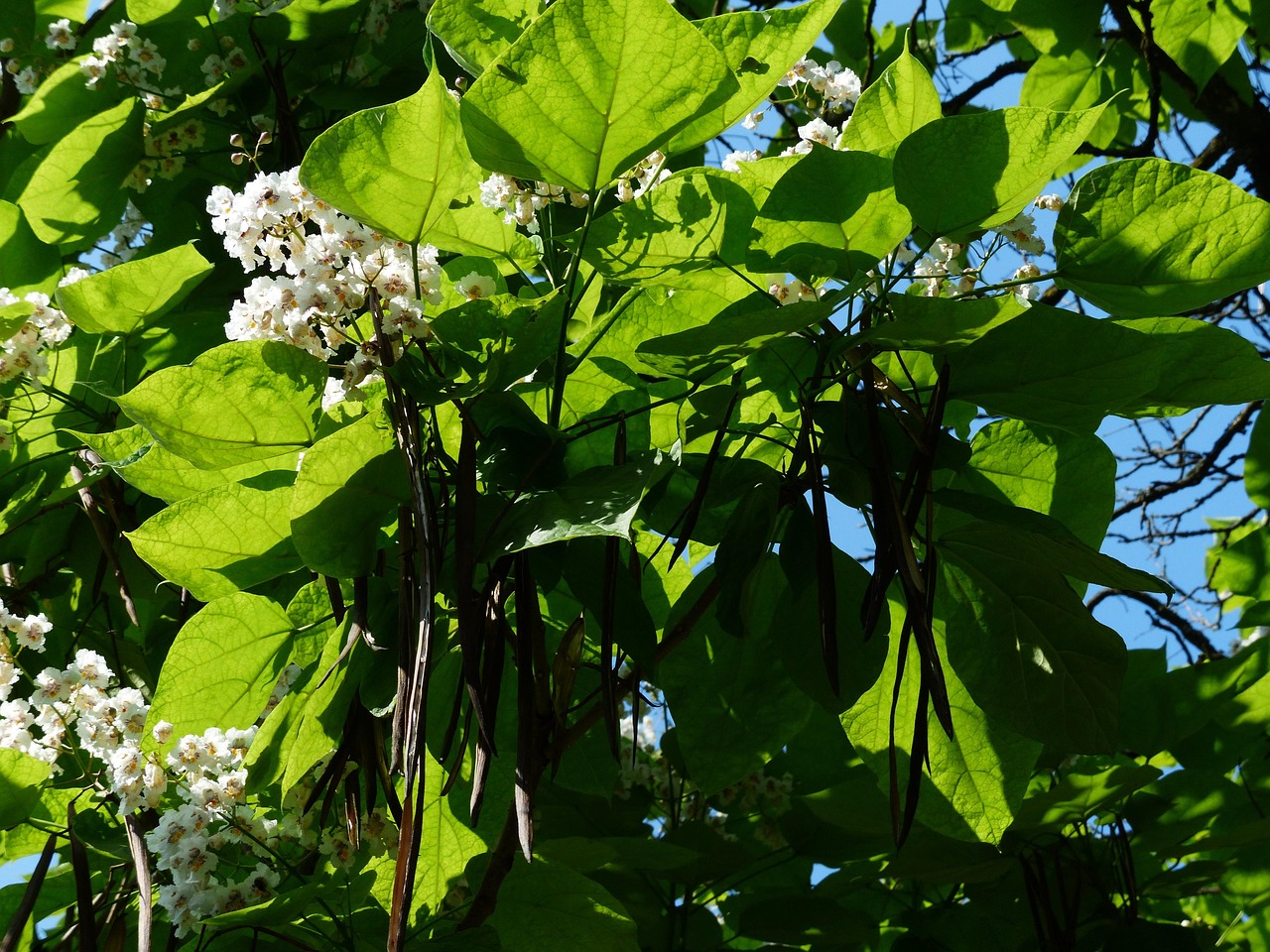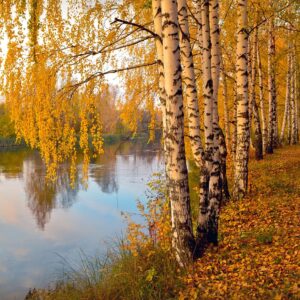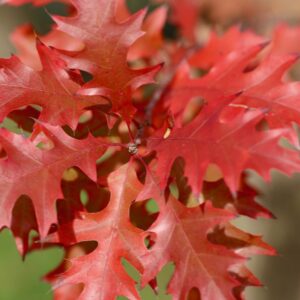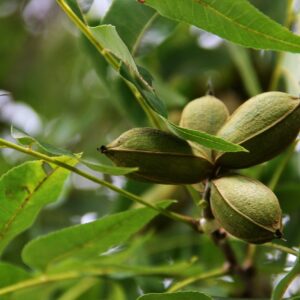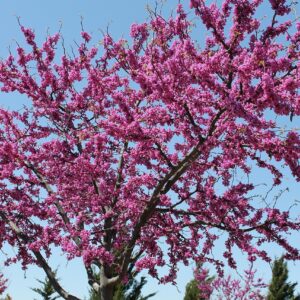The Northern Catalpa (Catalpa speciosa) is a striking and fast-growing deciduous tree native to the central United States. It’s known for its large, heart-shaped leaves, showy flowers, and distinctive long, bean-like pods. While it’s not as commonly found in many yards or landscapes as some other trees, the Northern Catalpa is appreciated for its unique beauty, shade, and wildlife value.
Here are the key features of the Northern Catalpa:
Size and Growth: Height: It typically grows between 40 and 60 feet tall, though some individuals can reach up to 80 feet in ideal conditions. Spread: The canopy spread is usually between 30 to 40 feet, creating a broad, round shape as it matures. Growth Rate: Northern Catalpas are fast growers, with some reaching 10 to 15 feet in height within the first few years. However, they can take several years to reach their full mature size.
Leaves: The leaves are large, heart-shaped, and glossy green, measuring up to 12 inches long and 8 inches wide. This gives the tree a bold, tropical look during the growing season. The leaves provide excellent shade and turn a pale yellow in the fall before dropping.
Flowers: One of the standout features of the Northern Catalpa is its showy white flowers, which bloom in late spring to early summer (usually May to June). The flowers are tubular with five petals, often flecked with purple and yellow at the throat, creating a striking, ornamental display. These fragrant flowers attract pollinators such as bees, butterflies, and hummingbirds.
Fruit: After flowering, the tree produces long, slender seed pods that resemble beans. These pods can grow up to 10 to 12 inches long and hang from the tree throughout the winter. The pods are green initially, but they turn brown as they mature and dry out. The seeds within the pods are small and can be dispersed by wind.
Bark: The bark of the Northern Catalpa is light gray and relatively smooth when the tree is young but becomes more furrowed and rough as the tree matures. The bark provides an interesting texture, especially in the winter when the leaves have fallen.
Habitat and Growing Conditions: The Northern Catalpa prefers full sun but can tolerate partial shade. It thrives in moist, well-drained soil but is fairly adaptable to a range of soil types, from clay to loam. It’s commonly found in riparian areas or along riverbanks, which reflects its preference for moist conditions, though it is drought-tolerant once established. The tree is hardy in USDA zones 4 through 8, making it suitable for much of the central and eastern U.S.
Wildlife Value: Pollinators: The fragrant flowers attract a variety of pollinators, particularly bees and butterflies. Birds: The seeds in the long pods are eaten by birds such as finches and woodpeckers. Caterpillars: The leaves are a food source for the caterpillars of the Catalpa sphinx moth, a species that is often found feeding on this tree.
Wood: The wood of the Northern Catalpa is lightweight, soft, and somewhat resistant to decay, which has historically made it useful for fence posts, utility poles, and other outdoor structures. However, it’s not as prized for furniture or construction as some other hardwoods. It’s a relatively easy wood to work with, though it’s not as strong or dense as other woods like oak or maple.
Aesthetic and Landscaping Value: Northern Catalpas are often used for shade in larger landscapes or as specimen trees due to their bold size and unique flowers. The tree can also be grown as a street tree, particularly in areas where a fast-growing shade tree is desired. The flowers and large leaves give it an exotic look, adding visual interest to gardens or parks. However, the long seed pods can be a bit messy, so they might not be ideal for smaller, more manicured spaces.
Maintenance: Northern Catalpas are relatively low-maintenance once established, requiring little pruning or care other than occasional thinning to maintain shape and remove any dead or crossing branches. The trees are fairly resistant to most pests and diseases, though they can sometimes be affected by fungal diseases or caterpillar infestations. Regular monitoring for pests is helpful.
Potential Issues: Messy Pods: One downside of the Northern Catalpa is its long, stringy seed pods that drop in the fall. While they can be attractive during the summer, they can create a bit of a mess in the yard or garden. Weak Wood: The wood of the Catalpa is not as strong as other trees, so it can be susceptible to breakage during storms, particularly in areas with high winds.
Uses: Shade Tree: Due to its broad canopy, it makes an excellent shade tree for larger yards or parks. Wildlife Habitat: The tree supports a range of wildlife, from pollinators to birds. Wood: As mentioned, its wood has historically been used for utility poles, fence posts, and even cabinetry, though it’s not as highly valued as some hardwoods.
The Northern Catalpa is a unique and eye-catching tree, particularly in larger spaces where it can showcase its large leaves, beautiful flowers, and impressive size. It’s an excellent choice if you’re looking for a fast-growing shade tree or want to attract wildlife to your garden.

